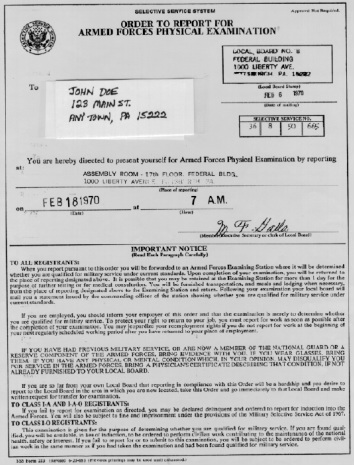
Recent estimates suggest up to 100,000 men left the U.S. Some of those who could not evade being drafted through the various exemptions available chose to flee the United States to countries such as Canada. Resistance to the draft grew throughout the conflict, with more people filing as conscientious objectors to the war in 1972 than actual inductees via the draft.

Anti-war student groups began to organize events where students were encouraged to burn their draft cards in an act of defiance. The lotteries were televised events, with millions of Americans tuning in.Ĭonscription fueled anti-war attitudes among the public in the United States, particularly among young men eligible for service and student protesters on university campuses. These draft lotteries were conducted based on birth dates, with the probability of conscription being higher for those men with birth dates which were selected earlier in the lottery. The SSS responded to criticism of the draft system by conducting draft lotteries beginning in 1969. The various exemptions which draft-eligible men could use to avoid service, such as still being in university education or being medically unfit, were thought to allow better-connected and middle class men to evade the draft more easily than working class or minority men. When a person was called up by the draft, they had to report to their local draft board to evaluate their draft status. Initially, the draft was conducted using a random ballot by the SSS. through the Selective Service System (SSS) since 1917. Commonly known as the draft, conscription had been conducted in the U.S. The United States military conscripted approximately 1.9 million service personnel into their ranks over the course of the Vietnam War.


 0 kommentar(er)
0 kommentar(er)
